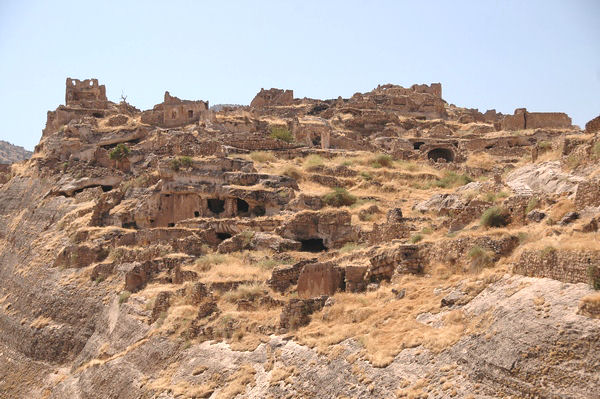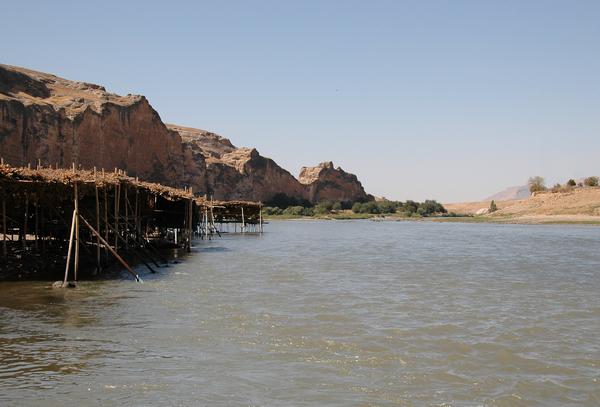Cepha (Hasankeyf)
Q756957Cepha: Roman fort along the Tigris, modern Hasankeyf.

The name of fort Cepha is particularly suited to its location: kêfâ is Aramaic for rock. It is of some strategic importance, because the river Tigris passes directly north of it, and from this rock, one could attack any army moving upstream, in the direction of Amida. Because the river Nymphius, the modern Batman, has emptied itself into the Tigris about forty kilometers to the west of Cepha, the river is pretty wide and navigable.

This became especially relevant in 363 CE, when the Roman emperor Jovian and the Sasanian king Shapur II agreed upon a peace treaty in which the border between the two states was drawn along the rivers Nymphius and a stretch along the Tigris. Cepha now became one of Rome's easternmost fortresses. It remained a military outpost in the Byzantine age; the town along the river had a bishop of its own.
Cepha was captured by the Arabs after the conquest of Nisibis (640); they started to call it Hisn Kayf ("fort Kayf"), from which the modern name Hasankeyf is derived. Most ruins date back to the Middle Ages, when the local dynasty of the Artukids ruled this part of Turkey.